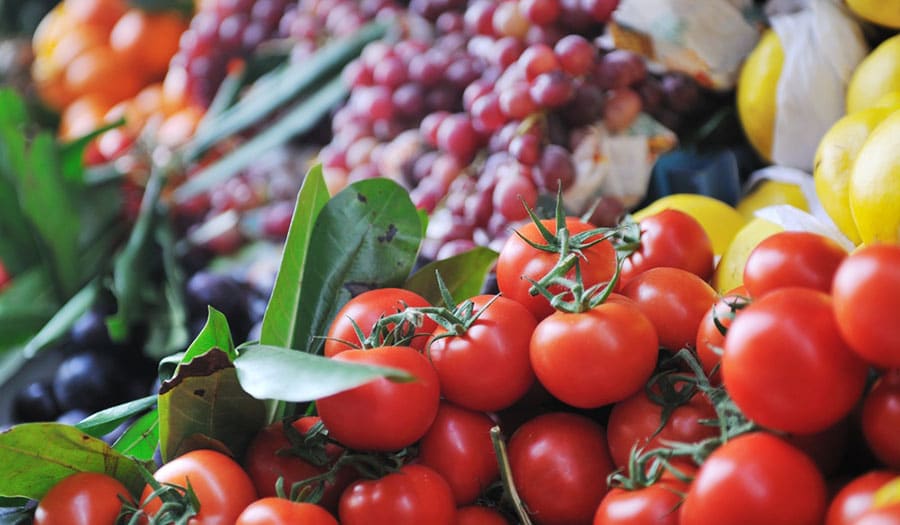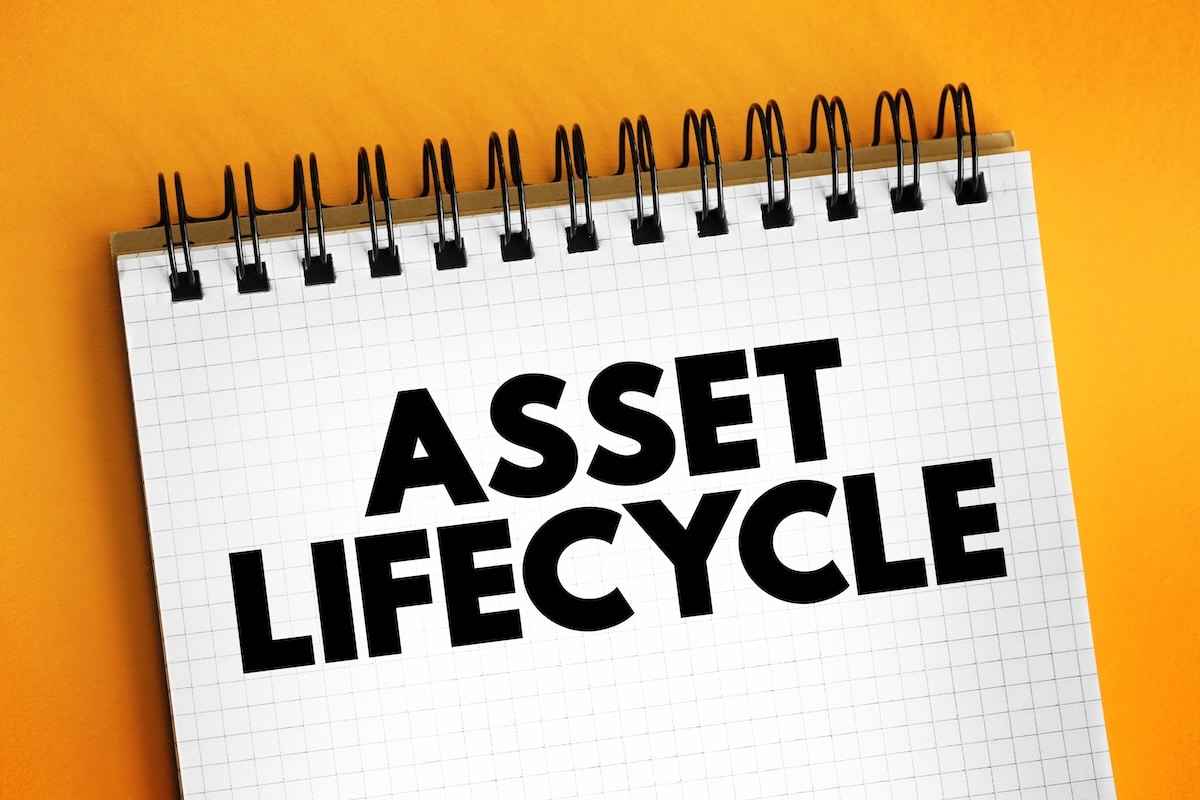
Vertical farming is not just reshaping how we think of agriculture in urban centers, it is also becoming a phenomenon as investors are sinking hundreds of millions of dollars into indoor farm operations that are outfitted into warehouses, shipping containers, or repurposed factories.
Until recently, vertical farming was relatively under the radar, but today it has emerged as an alternative for urban grocers seeking fresh produce fast. Vertical farming takes place indoors and involves systems that grow food in stacked layers. It depends on two models — hydroponics, in which plants are grown in a nutrient-rich basin of water, and aeroponics, where roots are periodically sprayed with a mist containing water and nutrients.
Advocates say the system yields more crops per square foot than traditional farming or greenhouses and that it also uses less water without yielding to traditional seasons. Because produce is cultivated within a controlled environment, it can produce throughout the year.
One of the biggest vertical farms is Bowery in New Jersey. It occupies a giant warehouse where greens are cultivated under LED lights and crops sprout in water bed trays stacked from floor to the ceiling. According to Business Insider, Bowery just raised $20 million in Series A funding that will allow it to build more farms across the U.S. The company says it has the capacity to grow 100 times more greens per square foot than the average industrial farm.
Plenty, a vertical farm in San Francisco, just picked up $200 million in funding from Japanese telecom giant SoftBank Group, making it the largest agriculture technology investment in history, according to Bloomberg. The farm plans to build 500 vertical operations across the globe that will able to deliver farm to table food in a matter of hours through partnerships with Wal-Mart, Amazon, and other major retailers. Plenty says that it can produce 2 million pounds of lettuce a year within a 50,000-square-foot space.
By the year 2050, nearly 80 percent of the earth’s population will reside in cities. While that will increase the demand for fresh produce, it also creates the unique opportunity to eliminate food deserts, which have segregated urban areas into haves and have-nots when it comes to available food. Indoor farm advocates say they have the solution to, not just that, but also other problems related to the future of agriculture: water shortages, the scarcity of acreage, and the graying of the farming population. It also aims to eliminate waste of traditional food routing: According to Bain & Company, about 35 percent of fruits and vegetables produced in California or Arizona travel an average of 2,000 miles before reaching a retailer, a distance that greatly reduces their shelf life.
A summit by the Association of Vertical Farming in September discussed the future of indoor farming. Advocates want to influence a pending farm bill in Washington so it includes several measures such as recognition in the U.S. Code for promoting urban agriculture and indoor vertical farms, and create funding to create a census for urban agriculture, which will lead to more opportunities for funding.
Is there a vertical farm in your community? Are you involved in one? How do you see it changing the way people access food? Conversely, do you have difficulties accessing fresh food in your area and what are the logistics responsible for that? Let us know in the comments below!




